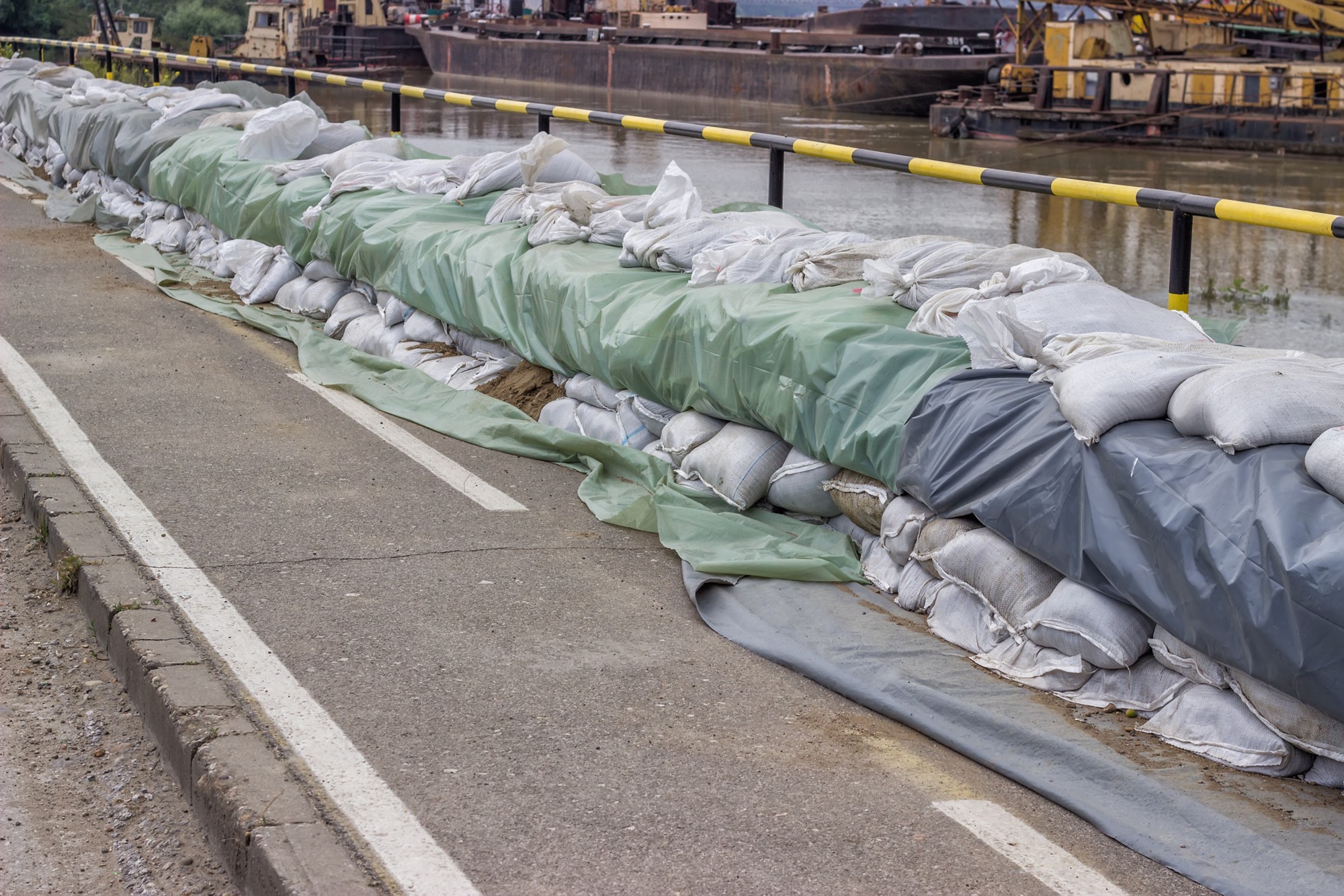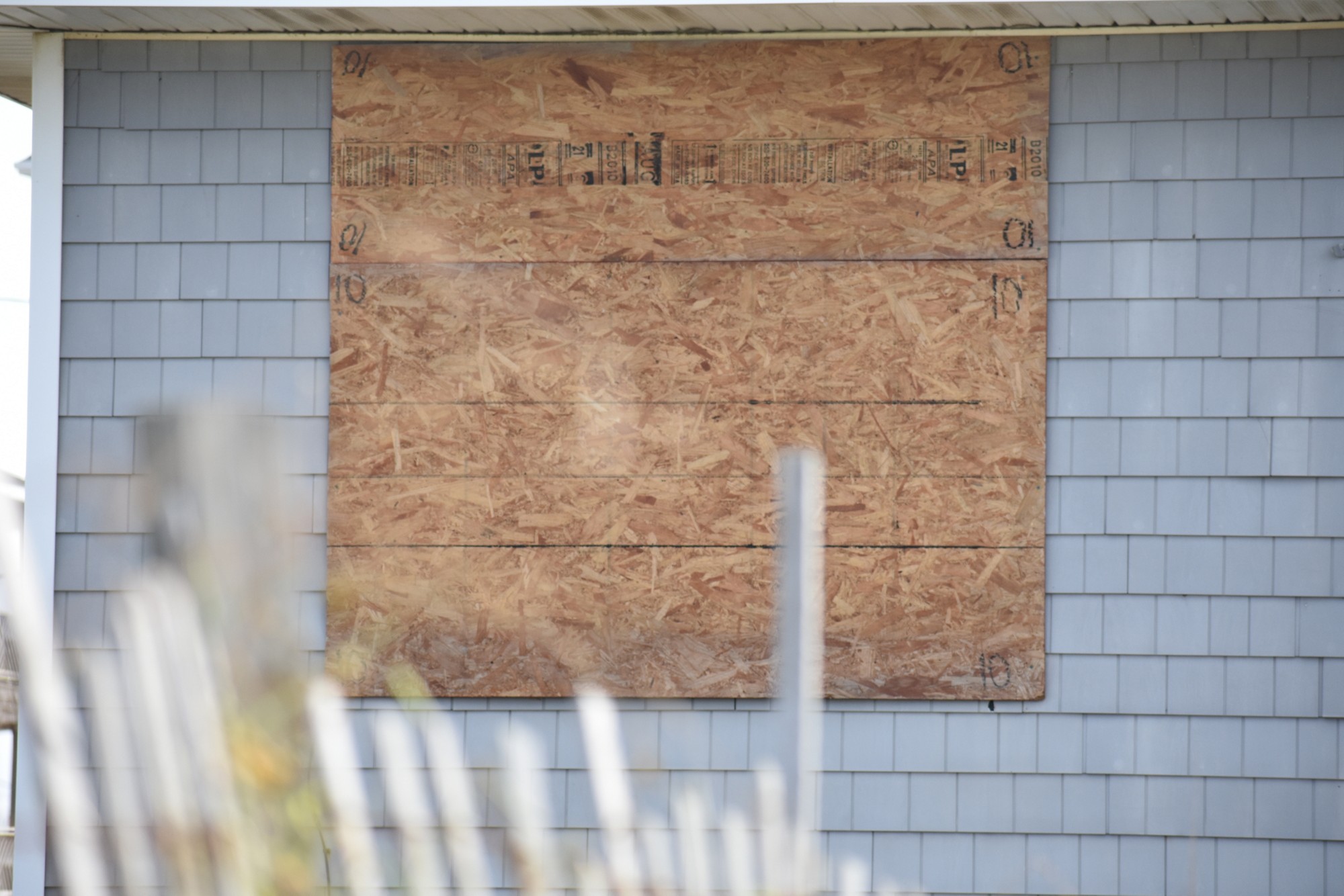Climate information and early warning systems (CIEWS) save lives and strengthen resilience. They are central to climate adaptation, yet sustaining them and ensuring communities act on warnings remains a challenge.
This evaluation reviews how GEF support has advanced CIEWS and identifies lessons for their long-term success.
The critical last mile challenge persists: communities often lack access to usable warnings and knowledge of how to respond.

Evaluation overview
- Outcomes were stronger when projects integrated CIEWS into national and local disaster management plans, applied technologies like remote sensing and mobile platforms, and directly linked forecasts to preparedness actions. Many secured follow-on financing from climate funds, which scaled up infrastructure and services.
- Projects improved forecasting and institutional capacity but often fell short in turning warnings into timely action, especially in vulnerable and remote communities. Weak monitoring frameworks and limited knowledge transfer further constrained results.
- The report recommends embedding early action in CIEWS design, engaging communities to overcome the “last mile” challenge, adopting common indicators, and pursuing financial sustainability strategies, including private sector engagement.


Methodology
The evaluation draws on a portfolio review, site visits, and stakeholder interviews across CIEWS projects.

